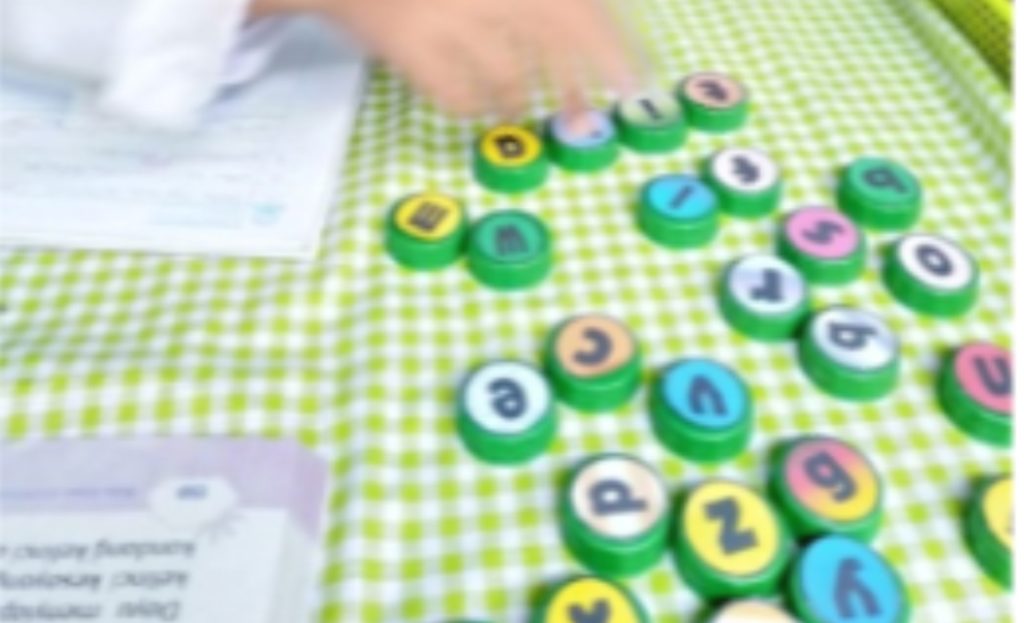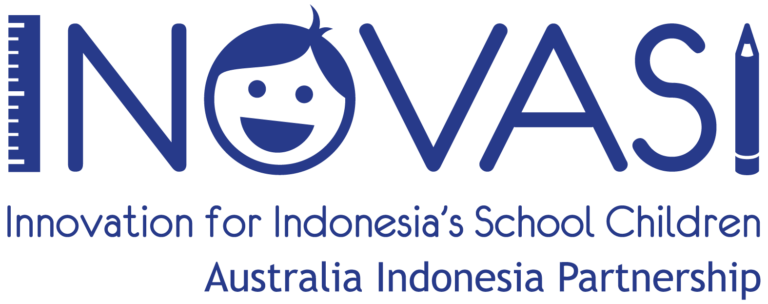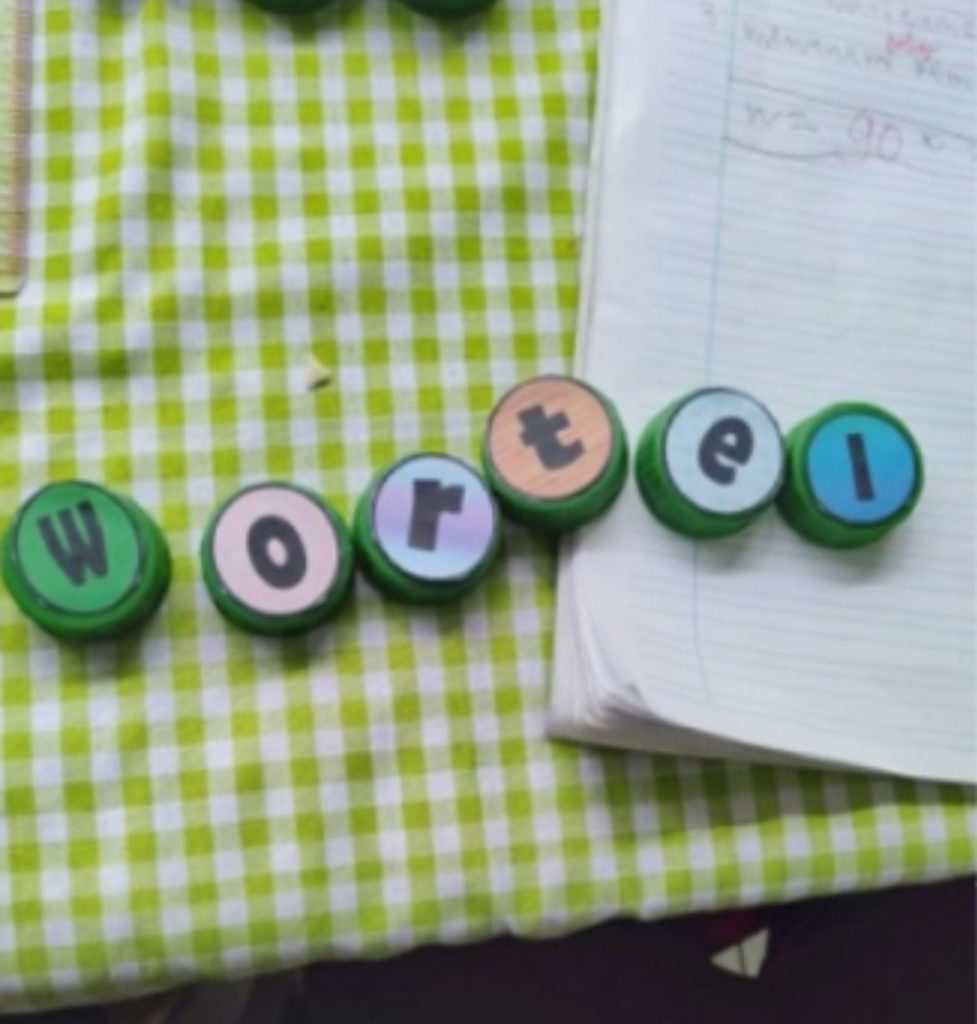
Hilda Hanifah, S.Pd. is a grade 3 teacher at SD Muhammadiyah 1 Islamic elementary school in Jember, East Java. One of the challenges in her class is the diverse writing skills of her students. Most of her students are able to write words and sentences correctly, but there are some students who are not able to do this. Even when the students are asked to write words, the words are still incorrect.
Hilda tries to focus on helping her students who are unable to write words correctly. In general, these students are able to write, but for certain words there tend to be mistakes either in the letters or the lack thereof. When she checks her students’ work, she is often faced with difficulty in understanding the meaning of some of the students’ writing.
Hilda has often called on her students to have them read their writing to her so that she does not make mistakes when correcting their works. While doing this, she discovered that some students had problems pronouncing some letters, which resulted in not being able to pronounce a word or sentence clearly (due to, for example lisp). In other words, a student was able to answer correctly, yet that student could not write the word correctly. Hilda realized that if she had not asked these particular students to read alound, a correct answer would be graded as incorrect due to incorrect writing.
In order to overcome this challenge, Hilda looked for a solution. She decided to use a learning medium in the form of letters on bottle caps.
“I learned about this medium when I received training and assistance in INOVASI’s Early Grade Literacy program. I chose this medium because the materials are easy to find, and it is an interesting approach that’s suited to resolving the problem I was experiencing, mainly helping my students to recognize letters, string letters, and pronounce words,” explained Hilda.
During the next learning session in class, while checking the work of one of her students, Hilda found a word that was written incorrectly. The word should have been written as wortel (carrot). Instead, the student wrote wertel’. She then asked the student to pronounce the word, and the student pronounced it as weltel (due to a lisp).
Hilda beckoned the child to come forward. She took out bottle caps with letters on them, which she had made, and asked the students to arrange the letters of the word that was written incorrectly. The student took the letters and arranged them; the arrangement of the letters was the same as what the student had written, which was incorrect.
Unyielding, Hilda asked the student to imitate her as she pronounced the letters. She emphasized the different sounds of each letter, focusing on the letters that are often miswritten. After that, she asked the student to revise the letters that they had arranged earlier. At that point, the student was able to correctly arrange the letters, read the word aloud, and correct their writing.
Just to make sure, Hilda asked the student to arrange another word. There was doubt every once in a while, but after emphasizing the pronunciation of the letters again, the student was able to arrange the letters to spell the word correctly. This indicates that the use of this learning medium can result in positive change for students who have special needs, such as those who lisp. It also indicates that it helps students understand how to arrange the letters correctly when writing a word.
According to Hilda, this method of using bottle caps needs to be used several times until the student fully understands the pronunciation of the letters in question. And, even though the student has a lisp, they will be able to write the word correctly. After the students have understood how to write words correctly, the bottle caps can be used to arrange words and make sentences.
Hilda is very grateful for the knowledge and creative ideas for classroom learning that she gained through the INOVASI training and mentoring program, which has greatly helped her in improving her students’ reading and writing skills.







